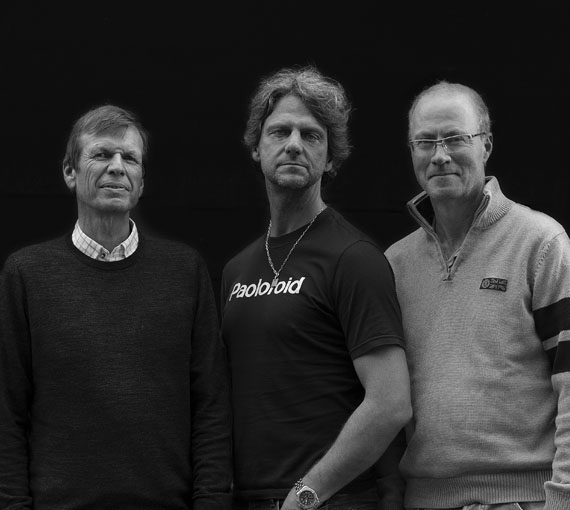What is reality? Well, it’s the world around us, our environment, you´ll probably say, what else? But it’s not that easy. If you place two people next to each other, even with the same cultural background, in the same surroundings, they do not see the same reality. The difference is of course even greater with people of very diverse origins. Not to mention if you ask what the moose sees, or the wolf, or the lion, the owl, -or the moth! We all live in the same world, but experience it as if we were residents of different planets.
Another factor that governs our lives more than anything else, is time. In the human world, time is linear. For us, the future is fora short moment the present, before it is transformed into the past, and thereby turns into the history of our life. In nature, time is in many ways perceived as an everlasting, repeating cycle, in which one year passes into the other without any major changes.
These are existential considerations that have occupied the minds of philosophers from ancient times. Heidegger describes this essence of reality as Sein und Zeit, or “being and time”, and these thoughts were a foundation for existentialism in philosophy. Today, existence and time are more important than ever as variables in our lives. Just during the last century, man has gone from being a species that led its life in fairly good interaction and cooperation with nature, to become a creature that has taken over the globe to an excessive degree and who always puts himself in the first row. Many, or should we say most, people of today have removed themselves so far from their roots that they consider nature as an abstract setting that has nothing to do with their lives.
We are in Anthropocene, the age of Man. The fact that we destroy the landscape, poison our surroundings and change the climate of the planet so heavily that both we and all other forms of life are suffering, seems to not affect us, because we probably will manage in our lifespan. This is a call from our old genes, -we care about ourselves and our loved ones, but it seems too annoying and troublesome to think of everyone else, other species and future generations.
However, man is a complex creature. While we are the worst, most brutal and greedy species on earth, we are also the only species that possesses sensitivity and ability to interpret, process and communicate the impressions from our world. For Wittgenstein, the language was the deepest form of confirmation of the world’s existence. The concepts about the objects and observations we experience are more real than things themselves, he claimed. The language is dynamic and communicates our ever-changing view of the world.
Languages is a difficult matter. We are surrounded by 7000 human languages, and even though 95% of all people can understand approximately 100 languages, it’s hard to find a common understanding. However, there is no reason for despair, because there are also at least two completely universal languages that everyone understands, namely the languages of images and music. So if you have something to tell the world that you want everyone to understand without translation, you should use one of, or both, these languages!
In art, today we see an increasing interest in nature and the relation between man and nature. The reason is simply that in these fields we find the only really existential questions of today, on a level that is hovering over all the immediately acute, but in the long term temporary and minor problems of human life. For committed people, it’s simply impossible to ignore such a fact.
As there are numerous dialects and variants within each language, also the visual language shows a wide variety, even to a more marked degree than most lingual languages. The aim of everyone who engages in artistic activity, is finally to find a way of expression that is slightly different from all others´. Even artists with a similar geographical and cultural origin often interpret the surroundings very differently, entirely in the spirit of existencialism.
This is also the case for the Swedish-Norwegian artist group HAM. For a number of years, the photographers Pål Hermansen, Mats Andersson and Erik Malm have been deeply engaged in nature and produced images with a personal and distinctive style. They have now found together to form a common platform making it possible to share with the world the images of their hearts. In Scandinavia, people are still more tightly connected to nature than in most other countries, and this is clearly reflected in the group´s images.
1 + 1 + 1 is more than 3, and the group forms a unit stronger than the individual photographers themselves, a unit representing the Nordic nature in a unique way. In addition, an even more ambitious aim is to communicate widely the necessity of recreating and strengthen the fundamental, deep respect for our environment that has been lost in the modern world.

